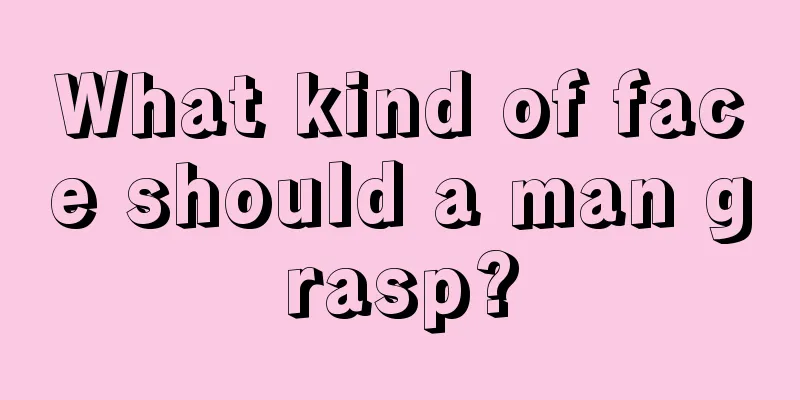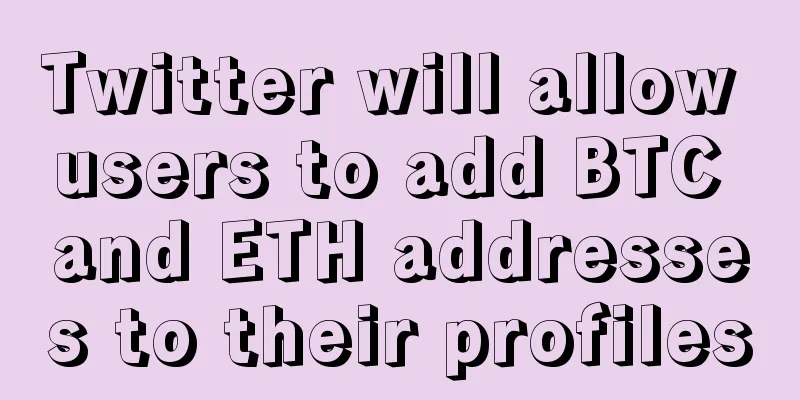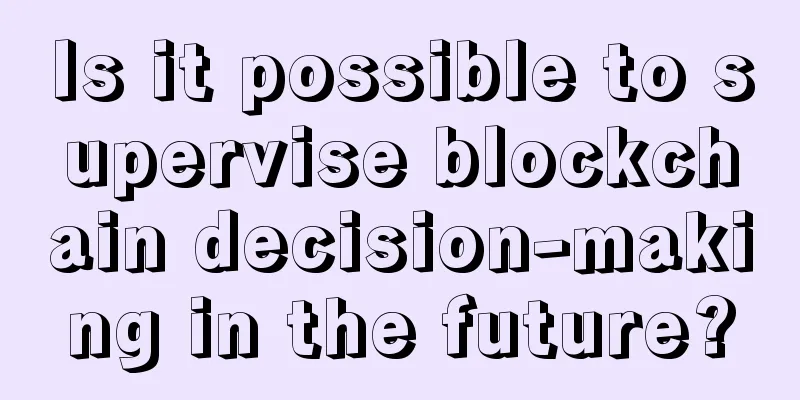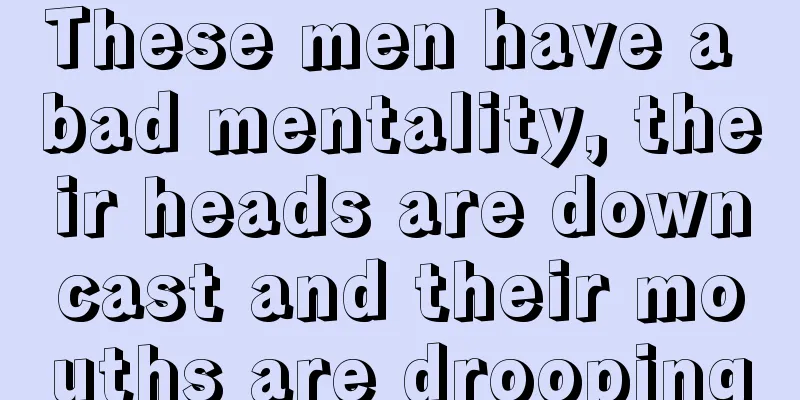Fed Vice Chairman: The Fed's creation of a central bank digital currency could pose significant risks
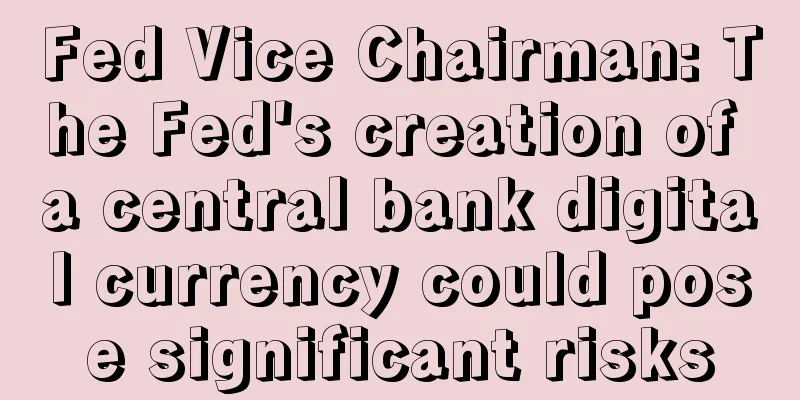
|
The Federal Reserve will release a much-anticipated report on the possible creation of a central bank digital currency (CBDC) this summer, but Fed Vice Chairman for Supervision Quarles said on Monday that he has serious doubts about the idea. "The potential benefits of a central bank digital currency from the Federal Reserve are unclear, and to the contrary, it could pose significant and specific risks," Quarles said. Among the downsides he cited were challenges if the public could bypass traditional banks and get digital dollars directly from the Fed. Likewise, if the Fed gets more involved in the space, the benefits consumers get from interbank competition could be reduced. He also worried that a system that was difficult to design for security could be vulnerable to cyberattacks. Supporters of central bank digital currencies say they could speed up payment systems, especially internationally. They also cite benefits for the unbanked or underbanked who are unable to use existing payment systems. Essentially, the Fed digital currency would work the same way as the digital dollars that are exchanged every day, except that instead of being guaranteed by a bank, they would be backed by the Federal Reserve. Those without bank accounts could use the Federal Reserve system to move money back and forth. Supporters say it would be easier to get stimulus checks to people in a crisis like the coronavirus pandemic through a central bank digital currency system. But Quarles noted that such a system could be difficult and expensive to design, would likely require an act of Congress, and would be redundant with the system that already exists. "First, the U.S. dollar payments system is very good, and it's getting better. Second, the potential benefits of a Fed digital currency are unclear. And third, I think developing a digital currency could carry considerable risks." Quarles' comments come as the Federal Reserve is set to release a study this summer to further explore the issue of a U.S. digital currency. When announcing the study in May, Fed Chairman Jerome Powell said: "The focus is on ensuring a safe and efficient payment system that provides broad benefits to American families and businesses, while also embracing innovation." Quarles believes that any real threat to the dollar "seems unlikely" to emerge given its relatively stable value, its continued importance in global financial markets, and the depth and systemic importance of U.S. Treasuries and the dollar. He also sees little threat from cryptocurrencies such as Bitcoin. Quarles said: "Bitcoin and its ilk will almost certainly remain a risky speculative investment rather than a revolutionary payment method, and it is extremely unlikely that they will affect the role of the dollar or require the launch of a digital currency in response." Quarles said he believed the process involved in the Fed's research was "really open" and "not conclusive," and in his view, the threshold for establishing a U.S. digital currency is high. |
>>: The United States has “rejected” the Bitcoin ETF nine times. When will it be approved?
Recommend
People with deep palm lines have good career luck and good luck with noble people.
For basically anyone, some of a person's supe...
What else will the Cancun upgrade include besides EIP-4844?
On April 20, 2023, Ethereum developers gathered f...
How is the luck of a woman with straight eyebrows to marry the person she loves?
Is it good for a woman to have straight eyebrows?...
Bitwise: Ethereum will return to its peak in 2025
In 2024, two key narratives dominated cryptocurre...
Do people with protruding lower lips like to play the victim?
If a person is playing the victim, it must be bec...
The Five Stars and Six Luminaries in Physiognomy
The Five Stars and Six Luminaries in Physiognomy ...
Characteristics of career lines that often lead to noble people in the workplace
Characteristics of career lines that often lead t...
Moles explain women's physiognomy
It is indeed unpleasant for a woman to have moles...
Echo prepares to launch blockchain decentralized chat software
Rage Review : Peer-to-peer messaging and digital ...
How to read men's eyebrows
Eyebrows are the first of the five facial feature...
People who often get entangled in meaningless things
There are so many important things to do every da...
58.com’s “magic mine” uses blockchain to attract people for only 40 cents
58.com, a magical website." This brainwashin...
Where the mole grows, people are prone to bad luck
Where the mole grows, people are prone to bad luc...
Facial features of people who know how to prioritize
Doing things is also a technical job that require...
What is the standard almond eye face? Is the almond eye face good?
What does almond eyes look like? Is it good to ha...

